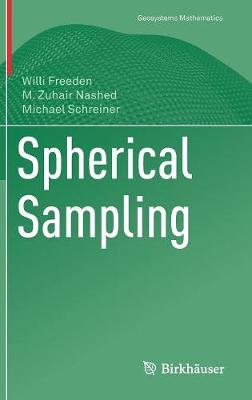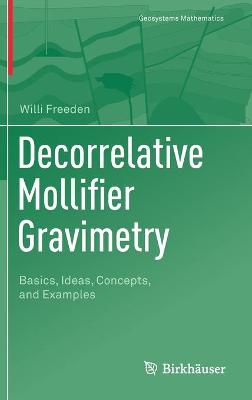Geosystems Mathematics
2 total works
This book presents, in a consistent and unified overview, results and developments in the field of todays spherical sampling, particularly arising in mathematical geosciences. Although the book often refers to original contributions, the authors made them accessible to (graduate) students and scientists not only from mathematics but also from geosciences and geoengineering. Building a library of topics in spherical sampling theory it shows how advances in this theory lead to new discoveries in mathematical, geodetic, geophysical as well as other scientific branches like neuro-medicine. A must-to-read for everybody working in the area of spherical sampling.
This book is dedicated to surface as well as volume geology with potential data primarily of terrestrial origin. For deep geology, the geomathematical decorrelation methods are to be designed in such a way that depth information (e.g., in boreholes) may be canonically entered.
Bridging several different geo-disciplines, this book leads in a cycle from the potential measurements made by geoengineers, to the cleansing of data by geophysicists and geoengineers, to the subsequent theory and model formation, computer-based implementation, and numerical calculation and simulations made by geomathematicians, to interpretation by geologists, and, if necessary, back. It therefore spans the spectrum from geoengineering, especially geodesy, via geophysics to geomathematics and geology, and back.
Using the German Saarland area for methodological tests, important new fields of application are opened, particularly for regions with mining-related cavities or dense development in today's geo-exploration.

